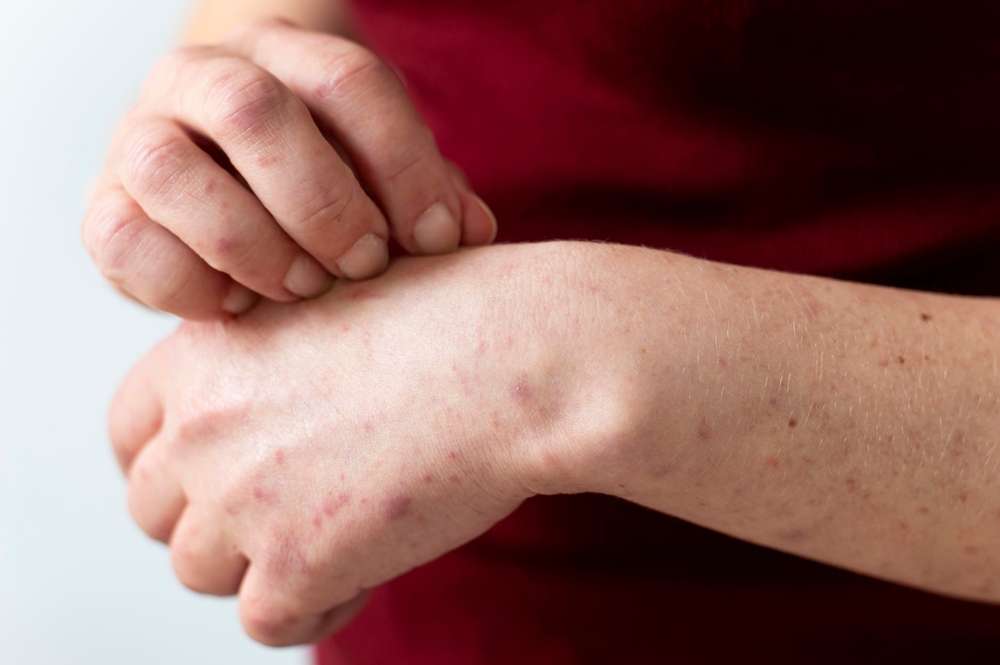Scalp Psoriasis: What Causes It and How to Identify the Early Signs
Scalp psoriasis is a chronic skin condition that leads to red, scaly patches on the scalp, often accompanied by itching, flaking, or burning. It can be mistaken for dandruff or seborrheic dermatitis, making early recognition crucial for proper care. This article outlines the key symptoms, explains the most common causes — such as immune system issues and genetic factors — and offers insights into current treatment strategies. If you or someone you know experiences persistent scalp irritation, understanding this condition may help guide the next steps in seeking relief.

What exactly is scalp psoriasis?
Scalp psoriasis is a specific manifestation of psoriasis that primarily affects the skin on the scalp. It occurs when the immune system mistakenly speeds up the growth cycle of skin cells, causing them to build up rapidly on the surface of the scalp. This accumulation leads to the formation of thick, silvery-white scales and red, inflamed patches. Unlike simple dandruff, scalp psoriasis can extend beyond the hairline, affecting the forehead, neck, and behind the ears. The condition can vary in severity, from mild cases with slight scaling to severe instances that cover the entire scalp and cause significant discomfort.
What are the signs and symptoms of scalp psoriasis?
Identifying scalp psoriasis early is key to managing the condition effectively. The most common signs and symptoms include:
-
Redness on the scalp
-
Silvery-white scales that may flake off
-
Dry scalp that may crack and bleed
-
Itching, burning, or soreness
-
Temporary hair loss in severe cases
-
Thickened, raised plaques on the scalp
These symptoms can range from mild to severe and may fluctuate over time. Some individuals might experience only slight scaling, while others may have thick, crusted plaques covering large areas of the scalp. It’s important to note that scalp psoriasis can be accompanied by psoriasis on other parts of the body, such as the elbows, knees, or lower back.
What causes scalp psoriasis and what are common triggers?
The exact cause of scalp psoriasis remains unknown, but research suggests it results from a combination of genetic and environmental factors. People with a family history of psoriasis are more likely to develop the condition. However, several triggers can exacerbate symptoms or cause flare-ups:
-
Stress: High stress levels can trigger or worsen psoriasis symptoms
-
Infections: Strep throat and other infections can trigger psoriasis in some individuals
-
Cold weather: Dry, cold conditions can lead to symptom flare-ups
-
Certain medications: Beta-blockers, lithium, and antimalarial drugs may trigger psoriasis
-
Skin injuries: Cuts, scrapes, or sunburns can lead to new psoriasis patches
-
Alcohol consumption: Excessive alcohol intake may worsen symptoms
-
Smoking: Tobacco use can increase the risk and severity of psoriasis
Understanding these triggers can help individuals with scalp psoriasis better manage their condition and reduce the frequency of flare-ups.
How to recognize scalp psoriasis early?
Early recognition of scalp psoriasis is crucial for prompt treatment and management. Here are key indicators to watch for:
-
Persistent dandruff-like flaking that doesn’t respond to regular anti-dandruff shampoos
-
Redness and inflammation on the scalp, especially along the hairline
-
Itching or burning sensation on the scalp that’s more intense than typical dry scalp
-
Small, scaly patches that gradually expand or thicken
-
Discomfort or pain when combing or brushing hair
-
Visible scales or plaques that are difficult to remove
If you notice any of these signs, especially if they persist or worsen over time, it’s advisable to consult a dermatologist for a proper diagnosis and treatment plan.
What are the most effective treatment options for scalp psoriasis?
Treatment for scalp psoriasis aims to reduce inflammation, remove scales, and slow down skin cell growth. The most effective options include:
-
Topical treatments: Corticosteroids, vitamin D analogues, and tar-based products
-
Medicated shampoos: Contains ingredients like salicylic acid or coal tar
-
Systemic medications: Oral or injectable drugs for severe cases
-
Phototherapy: Controlled exposure to UV light
-
Biologic drugs: Targeted therapies for moderate to severe psoriasis
It’s important to note that treatment effectiveness can vary from person to person, and a combination of therapies may be necessary for optimal results.
How can lifestyle changes help manage scalp psoriasis?
In addition to medical treatments, certain lifestyle modifications can significantly improve scalp psoriasis management:
-
Stress reduction: Practice relaxation techniques like meditation or yoga
-
Gentle hair care: Use mild shampoos and avoid harsh styling products
-
Healthy diet: Incorporate anti-inflammatory foods and maintain a balanced diet
-
Moisturization: Keep the scalp moisturized to reduce scaling and itching
-
Avoid triggers: Identify and minimize exposure to personal triggers
-
Regular exercise: Engage in physical activity to boost overall health and reduce stress
These lifestyle changes, when combined with appropriate medical treatments, can lead to better control of scalp psoriasis symptoms and improved quality of life for those affected by this chronic condition.
In conclusion, scalp psoriasis is a complex autoimmune condition that requires a comprehensive approach to management. By understanding its causes, recognizing early signs, and exploring various treatment options, individuals can take proactive steps in controlling their symptoms. While there is no cure for scalp psoriasis, advances in treatment and lifestyle management strategies offer hope for effective symptom relief and improved scalp health.
This article is for informational purposes only and should not be considered medical advice. Please consult a qualified healthcare professional for personalized guidance and treatment.




